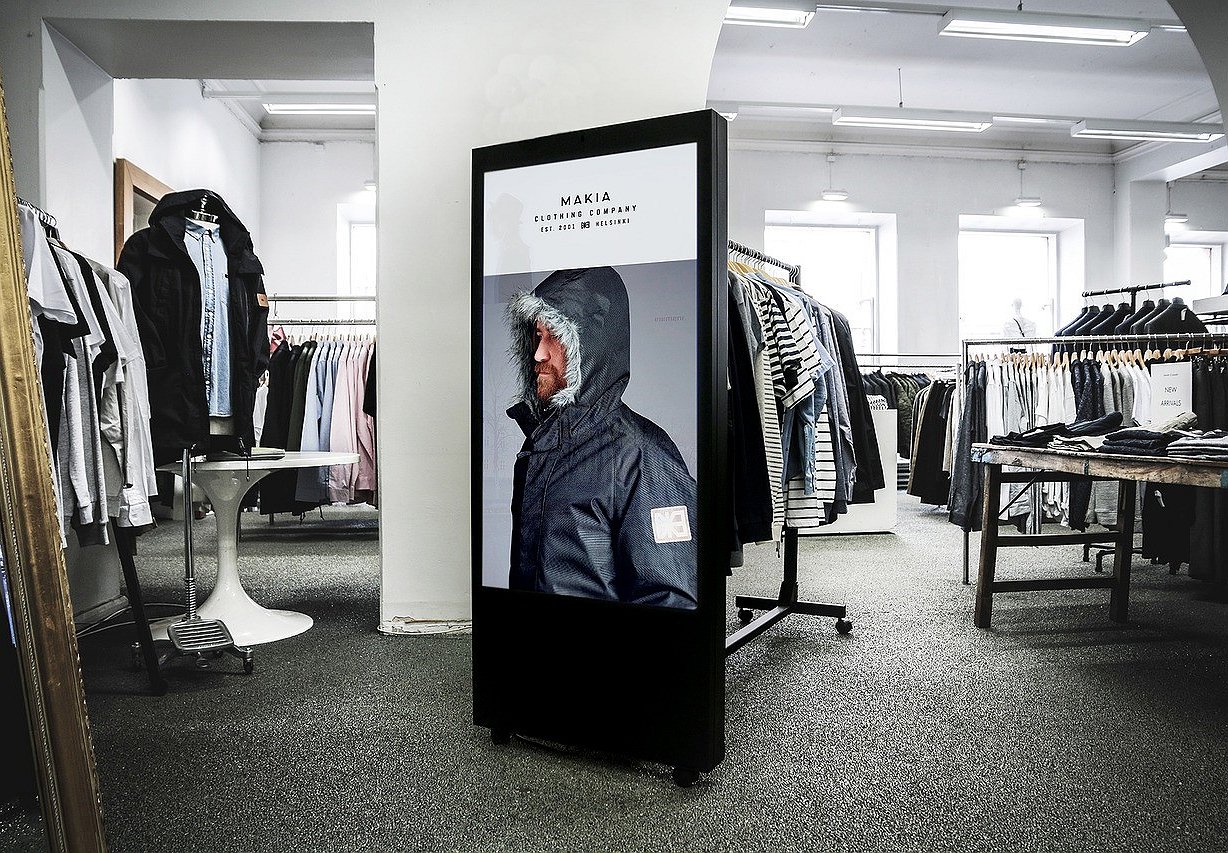 As technological advancements and big data change the
ability of legacy media to compete in the new ecosystem, we are finding
that digital out of home (DOOH) is becoming a competitive option for
advertisers and brands. But how does one overcome old mindsets,
ingrained buying prejudices and still-to-be-solved challenges in this
space? That was the focus of a recent Advertising Club panel titled
De-Mystifying Digital Out of Home. From the agency side, Andea
Campbell, Partner and Director, Analytics & Insights, MEC and from the platform side, Ian Mirmelstein, Senior Vice President, Digital Engagement, AdSpace Networks shared their views on the opportunities, challenges and future of DOOH.
As technological advancements and big data change the
ability of legacy media to compete in the new ecosystem, we are finding
that digital out of home (DOOH) is becoming a competitive option for
advertisers and brands. But how does one overcome old mindsets,
ingrained buying prejudices and still-to-be-solved challenges in this
space? That was the focus of a recent Advertising Club panel titled
De-Mystifying Digital Out of Home. From the agency side, Andea
Campbell, Partner and Director, Analytics & Insights, MEC and from the platform side, Ian Mirmelstein, Senior Vice President, Digital Engagement, AdSpace Networks shared their views on the opportunities, challenges and future of DOOH.More and more, DOOH is being discussed in the same conversations as digital and social media and that, according to Campbell, is a good sign for its growth and acceptance because it creates a "natural similarity." Also a plus: Malls are valuable end points for advertising because they offer recency messaging that occurs close to the end of the shopper consideration funnel. In addition, Campbell noted, DOOH is "100% viewable and offers a fraud-free space."
Through its use of mobile location data, DOOH is able to track the daily consumer journey which takes it down to a close one-to-one measurement. "If a consumer enters one of our mall locations, they probably saw the ad and we can then push messages," Mirmelstein said.
Growth in both mobile and programmatic can benefit DOOH in the future. "Mobile can be used for different types of measurement," Campbell stated. "Programmatic developments and developments in mobile provide the perfect storm for an evolution in this space that can translate into bigger dividends for the channel."
Challenges and How to Overcome Them
So, in a world where media planners are spending valuable time policing their buys, why isn't DOOH more than a last on/first off media spend? One of the big challenges is data and measurement, though Mirmelstein believes "measurement is getting better through the mobile device." But a bigger issue is that DOOH is not able to get the exact return on ad spend which hampers its ability to fully compete with those media platforms than can post against this information.
"Brands need to be able to report back to their clients, and the market mix modeling in DOOH won't look good," Campbell asserted. "It doesn't perform in the ad spend paradigm. We need to look at sales lift and we can talk about attitudinal studies and brand awareness."
Of course, old mindsets are the hardest to change. "A big challenge is the status quo," Mirmelstein said, noting that media spending is often a history of who has been bought in the past. So it becomes more of a rote exercise of repeating what was done before.
To change that, "you need to have the right people in the room," Campbell said. In addition to the usual participants, try to include analytics, investments and planning, for example. "Also," she noted, "big holding companies have approval lists. Get in the door and become an approved vendor. Think of yourself as a digital vendor."
These things take time and one must remain philosophical. "Nothing is perfect," she continued. "Mobile isn't perfect. If you are looking to poke a hole, you will find it. The expectation has to be that we are as possible as possible now."
Next Steps to Success
The best way to overcome the status quo is to change the conversation. "Don't talk about foot traffic," Campbell warned. That is an old metric that is antiquated in today's digital world. "Talk about viewability, reach, no fraud, the funnel and attribution." There also needs to be transparency in measurement. Be open to doing more custom research.
When it comes to the creative, "cater it to the environment," Mirmelstein suggested.
Getting in front of the planning cycle is another consideration, although, as Campbell explained, planning cycles vary by agency, category and brand. "Agencies also have lunch-and-learn meetings, so go in and present," she said, adding, "agencies have a test and learn budget," which can help introduce the value of DOOH for an agency.
"Not only do I see DOOH as an integral part of video strategies at agencies in 2018, but it will be viewed more so on a neutral playing field with other forms of digital video," she concluded. "At the end of the day, the closer it leans into the science part of the art and science (which is at the crux of edia buying and planning) the more opportunity there will be for the medium."
Being open to the possibilities and getting out the message of the promise of DOOH as an addition to the current buy may, in fact, be the best route to success.
This article first appeared in www.MediaVillage.com

